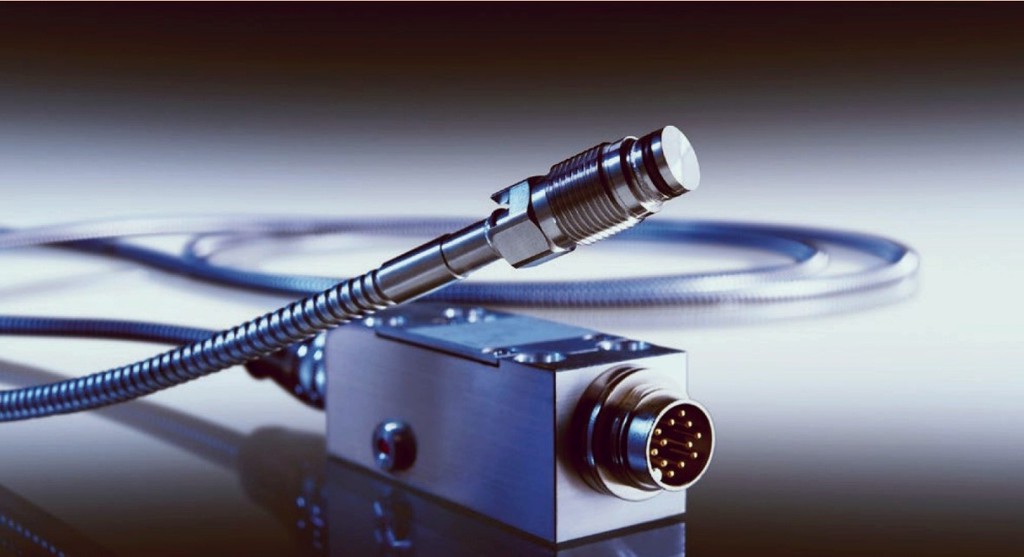

|
Edward Lowton
Editor |


|
| Home> | Plant, Process & Control | >Sensors and instrumentation | >Combined sensor for composite moulding |
Combined sensor for composite moulding
13 June 2018
To support automated resin transfer (RTM) and wet moulding composite manufacturing methods which are becoming increasingly popular in the automotive sector, Kistler Instruments has produced a novel combined pressure and temperature sensor, the Type 4001A sensor.

For some years the aerospace industry has been using composite materials to save weight without compromising strength but now the automotive industry is rapidly catching up in the quest for lower fuel consumption and emissions. Unlike the aerospace sector where a relatively few, large items can be produced by expensive, labour intensive methods, the automotive sector needs to produce large quantities of much smaller components cost effectively. The techniques used for high volume composite production demand monitoring and control similar to conventional injection moulding to ensure consistent, high quality output. With its long experience of developing systems and components for the injection moulding industry, Kistler Instruments is ideally placed to provide the process monitoring systems needed by low pressure composite moulding techniques.
Much like injection moulding and other filling processes, the cavity pressure curve is a key factor in process optimisation and production monitoring. Characteristic process phases such as evacuation, filling and curing can easily be identified from the pressure curve allowing process parameters to be easily optimized to make production more cost-effective.
The pressure signal can also be used as a control variable for individual process steps for online process control. Anomalies in the pressure curve show whether defects can be expected in the final part which, if out of tolerance, can be ejected. The pressure signal is also captured and recorded to allow traceability of individual process steps. For these reasons, the pressure curve is an essential tool for quality assurance. Due to the much lower cavity pressure experienced in composite moulding systems, the cavity pressure sensor needs to measure low pressure with high resolution to reliably detect even the smallest pressure or vacuum changes.
The new Type 4001A sensor meets all of these demands plus the integrated temperature element, accurate up to 275°C, monitors the temperature conditions inside the mould allowing automatic temperature compensation to correct the pressure signal due to thermal changes during the process.
The new Type 4001A low pressure and high temperature sensor is a vital addition to Kistler Instrument’s range of sensors and systems specifically tailored to optimize and automate manufacturing processes, including related quality assurance requirements.
- Process monitoring system for those serving the medtech sector
- Strain sensors monitor welding
- Miniature low level force sensor
- Networked SCP
- Torque sensor
- Monitoring for zero defects
- Pressure sensors for tough tasks
- Rotating torque sensor has wireless signal transmission
- Large piezo force sensor measures up to 450kN
- Kistler launches compact joining module

















